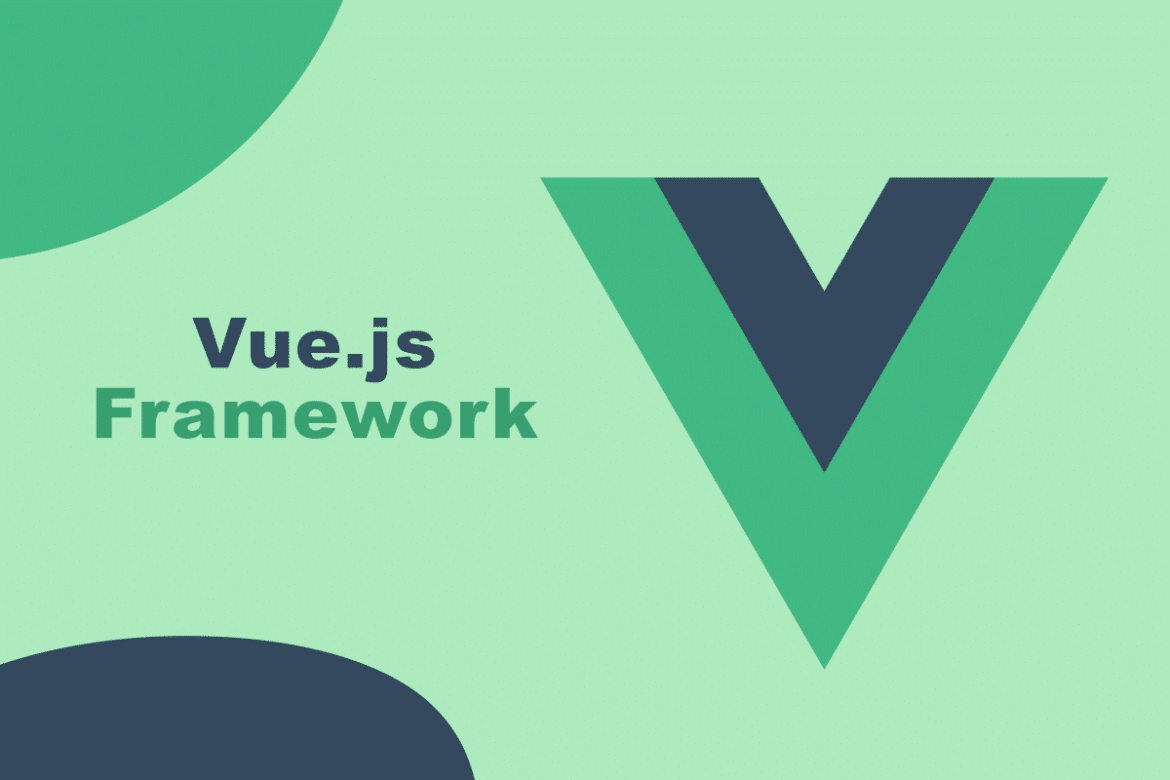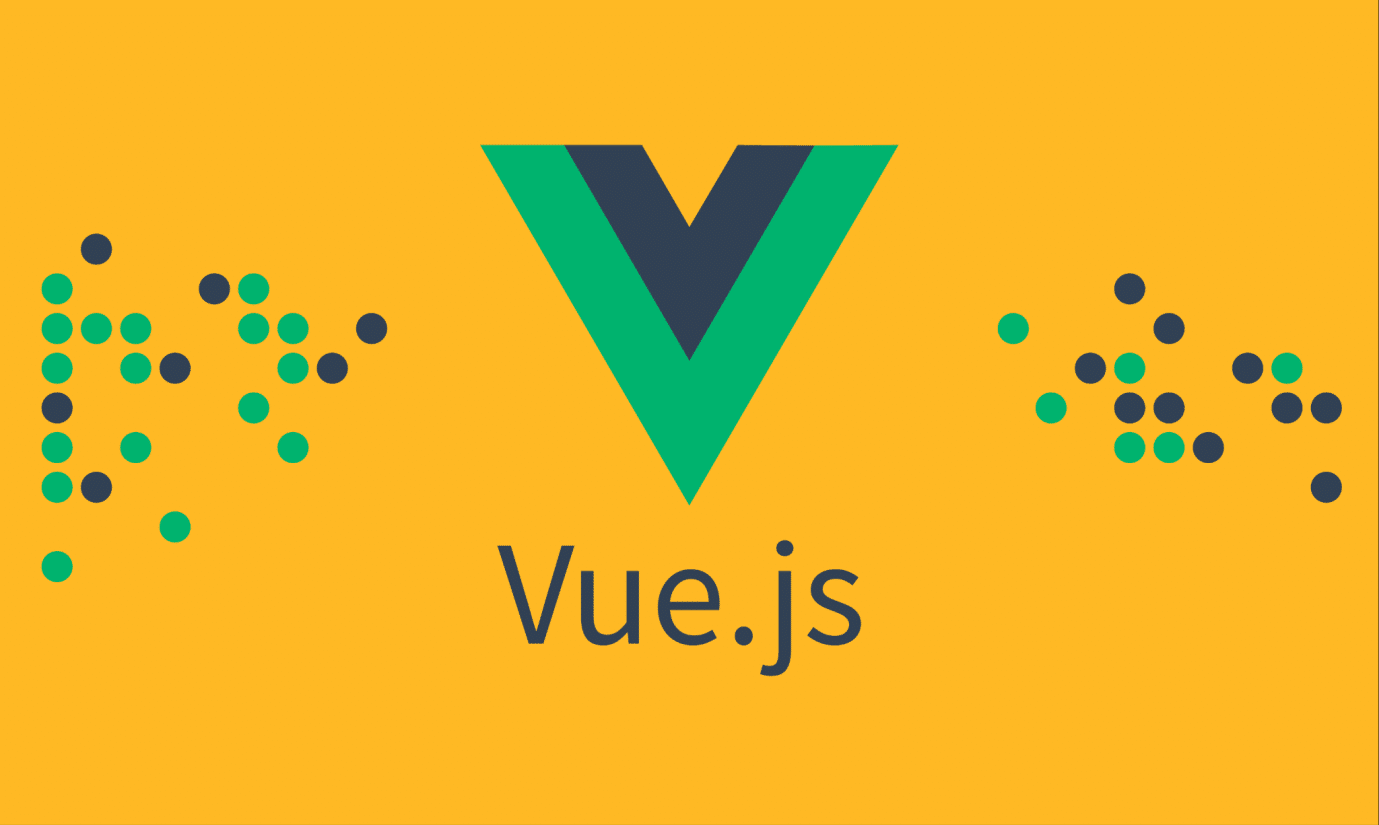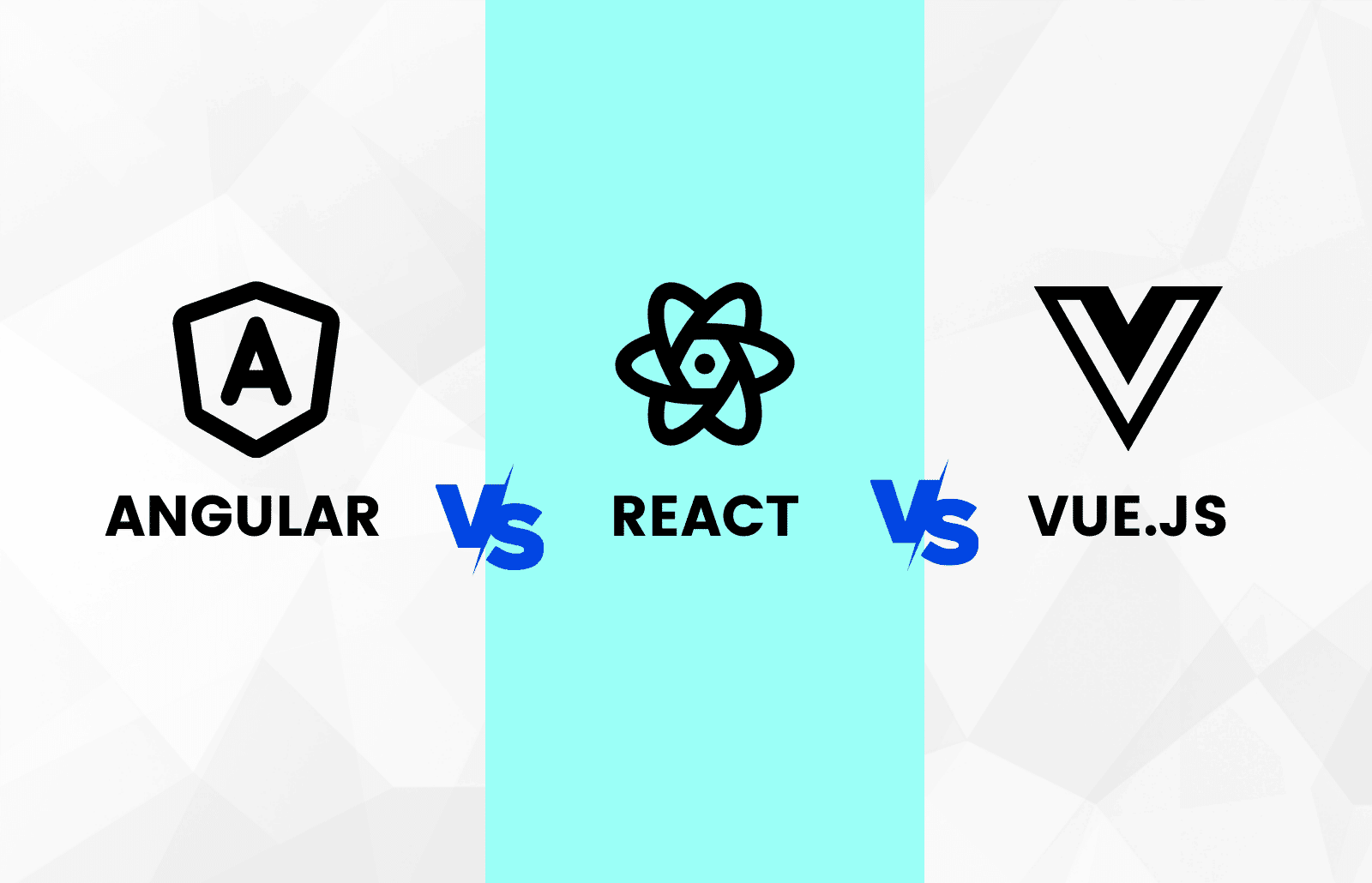The development of standard web applications in our time is impossible without using a framework (web application framework or WAF). This is a kind of skeleton for creating a website. And although every company (it could be a huge bank, a manufacturing enterprise or a small beauty salon) wants to be unique on the Internet, they cannot do without standard web functionality. What can we say about online stores, pharmacies and other online platforms?
Every 2-4 years, GitHub offers programmers a new framework. The community is given a few more years to master, refine and release a universal version of the new tool. Therefore, only now there is a great demand in the labor market for a vue js development company, although the vue.js framework itself was created back in 2014.
History of the creation of the vue.js framework
The author of the vue.js framework was Evan You (employee of Google). Back in 2013, he created his web applications in AngularJS and was dissatisfied with the cumbersomeness of the framework used. Then Evan You simplified the existing React framework, added the Angular add-ons he needed for development, and already in February 2014 put the first release of Vue.js up for discussion. By 2015, version 1.0 was posted online.
The most progressive release is 3.0 “One Piece” dated September 18, 2020. It is distinguished by the following features:
- the code was completely rewritten and improved for TypeScript;
- the wishes of 99 developers were taken into account, expressed in 628 requests to improve the framework;
- packets are smaller in size with improved performance;
- designed for the development and long term the of large-scale projects in the future;
- it is possible to master the tool step by step, which allows you to attract new developers from outside to the project;
- has its own extensive documentation in various languages, posted in the public domain;
- there are various official extensions;
- easily combined with large projects through the principle of modularity.
After it, versions 3.1 “Pluto” and 3.2 “The Quintessential Quintuplets” were released in 2021.
Last year 2023 pleased developers with the release of two new versions of the popular framework – 3.3 “Rurouni Kenshin” and 3.4 “Slam Dunk”.
Distinctions between the Vue.js framework and its predecessors React and Angular
In 2019, the demand for programmers working with the three most famous frameworks was as follows:
- React – 78%
- Angular – 21%
- Vue.js – 1%
Over the past 5 years, the situation has changed dramatically. In 2024, the Vue.js framework had 176k stars on GitHub versus 160k for React and 68k for Angular.
A brief comparative table will tell you why the developers changed their minds.
| Vue.js | Angular | React | |
|---|---|---|---|
| Ecosystem | A universal environment for developing simple applications. | Reliable, suitable for developing complex applications | Universal, convenient for transferring the application to mobile gadgets. |
| Education | Availability of documentation makes learning easier | Strict coding rules, difficult training | Easy for those with JavaScript experience |
| Performance | Virtual DOM improves performance on updates | Using the real DOM has a negative impact on performance | Virtual DOM improves performance on updates |



